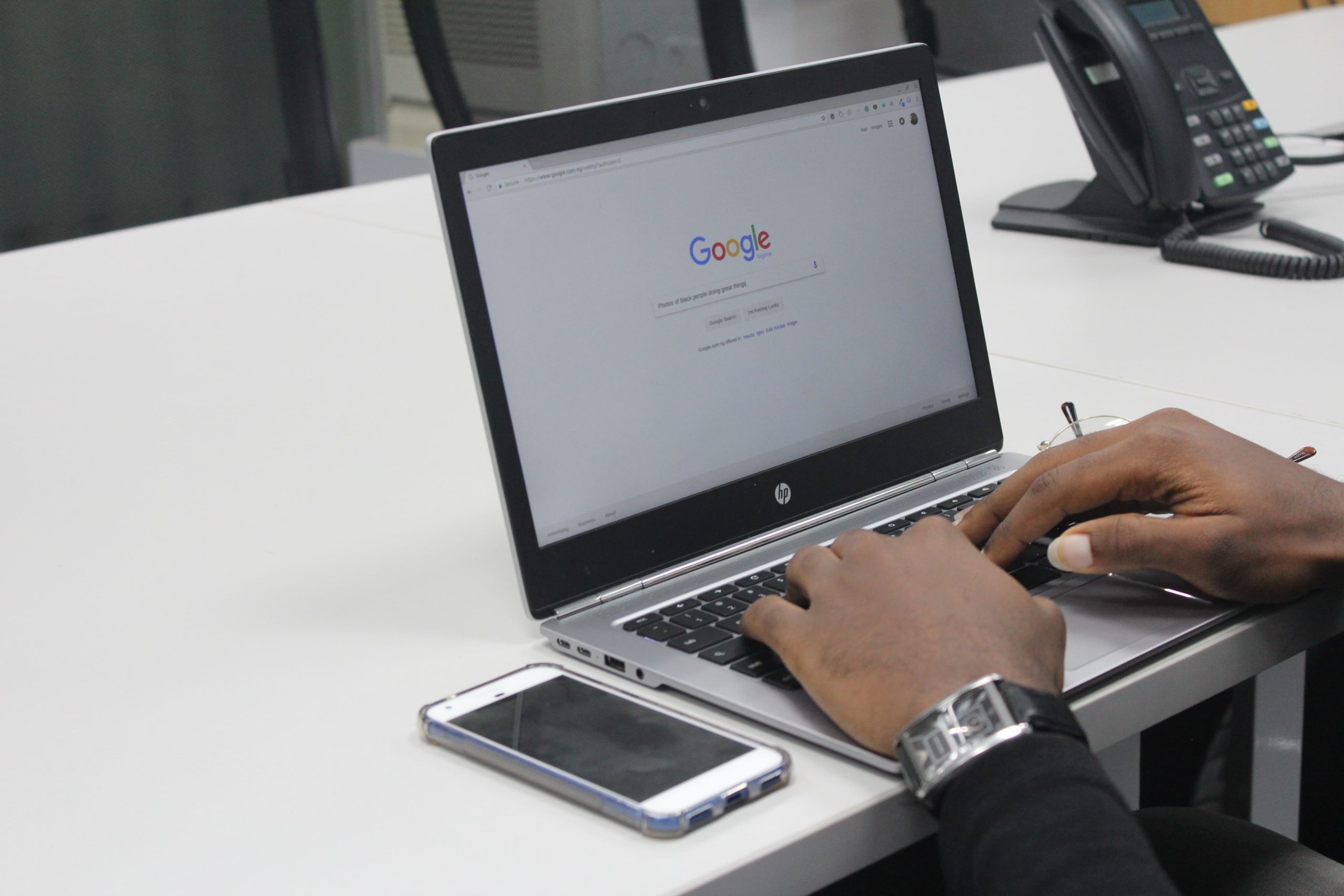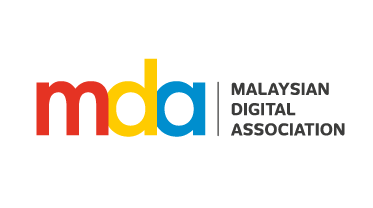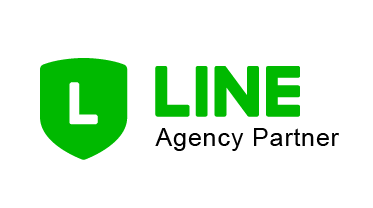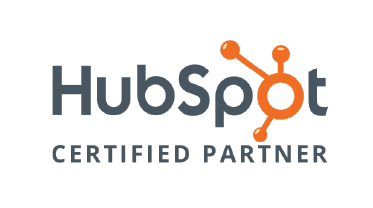Why Google Page Experience Matters For Your Website
Certain signals would have to be considered for the Google Page Experience report to be rolled out. Find out how you can optimise your web page.Hold up, what’s Google page experience in the first place? Google page experience is a set of signals that measure every user’s experience while interacting with a web page. This will then be translated into the Google page experience update report, which summarises the user’s experience of visitors to your site right from the search engine results pages.
Since the latest Google Algorithm Update in 2021, Google has considered page experience a ranking factor. The Google page experience is calculated using the following elements:
- Core web vitals
- Mobile-friendliness of the page
- Safe browsing
- Https
- No intrusive interstitials
How Vital Are Core Web Vitals?
Core web vitals are metrics designed to measure how users perceive your web page. So, to put it simply, the better your core web vital metrics are, the higher your Google page experience score will be. The page experience score consists of 3 core web vitals which are the Largest Content Paint (LCP), Cumulative Layout Shift (CLS) and First Input Delay (FID).
-LCP: LCP is the time taken for the page’s main content to load. This could be either the largest image or the text block on the page. The web page’s visual stability and page speed play an integral part as this score goes directly into the Chrome User Experience Report.
FYI, a good LCP takes only 2.5 seconds or less, so to all website owners, it’s probably time to upgrade your web page.
-CLS: CLS is the measurement of how often users experience unexpected layout changes while waiting for the web page to load. An unexpected layout shift happens when the web page moves without the user’s anticipation. As new User Interface Elements appear, the CLS might change as well.
An optimal CLS score is 0.1 or less; thus, being aware of the CLS, the user’s browser will be updated on how much elements will take up space on the page.
-FID: FID, on the other hand is the time taken for the browser to process the user’s first interaction on the home or login web page. For example, if the homepage comes with a Google Forms link, the FID is the time taken for the user to be redirected to the link.
However, the FID shouldn’t be your primary concern unless your pages are made out of media, including pictures, videos etc.
Phew, we’ve only scraped the surface on core web vitals! Read more here on how to calculate these core web vitals and use them to your advantage.

Right from the search engine result pages, your web page undergoes a tremendous amount of scrutiny.
Are Core Web Vitals Enough For Google Page Experience?
As we mentioned previously, there are other signals that Google considers as a factor for Google Page Experience. One of them is the mobile-friendliness of the page. As its name refers, this signal refers to how user-friendly your web page is on mobile devices. When your web page is designed to be more mobile-friendly, it assures that the page experience is improved and standardised on all mobile and desktop devices.
A visitor to your web page might find your page unreadable without mobile friendliness, thus reducing the overall page experience. As you build a site for mobile devices, you should always put yourself in the shoes of the page visitor and make every step easier for them. The Google Search Console is here to help you figure out how mobile-friendly is your page, just enter your URL and voila!
The next signal is safe browsing. Google Safe Browsing was designed to help billions of users every day with warnings when they attempt to browse dangerous sites. Web pages that Safe Browsing determines to be dangerous can be checked using a status diagnostic tool. Site owners will also be notified when their website has been compromised.
With search results, users will find a Safe Browsing message to warn them that the site they’re about to visit is dangerous.
The following vital signal is the HTTPS and how can you secure your site with HTTPS. HTTPS (Hypertext Transfer Protocol Secure) is an internet communication protocol that protects users’ data confidentiality when they’re browsing a website. Google page experience employs this signal to protect your user’s connections to your website no matter the website content.
Data sent using the HTTPS has been secured via the Transport Layer Security Protocol, which provides three layers of protection; Encryption, Data Integrity and Authentication.
The final signal to consider in your Google Page experience and your google ranking factor is having no intrusive interstitials. So, intrusive interstitials are something we have been acclimated to and, frankly, don’t look forward to; POP-UP ADS! Unsurprisingly, pop-up ads can block most of a page’s content resulting in an upsetting page experience.
It’s important to note that despite the repeated occurrence, Google has started cracking down on pop-up ads that are problematic and have ensured that there will be no pop-up ads when a user lands on the website directly from a search result. These interstitials have also been proven to affect search engine optimisation, thus lowering pages. So, site owners should do their due diligence to ensure their interstitials follow Google’s new guidelines.
Thus, there are the page experience metrics you should be looking out for to create a positive experience whenever a user visits your site.
















Join the discussion - 0 Comment